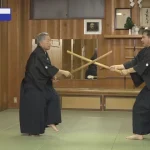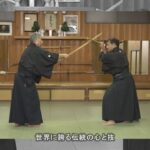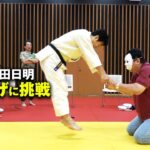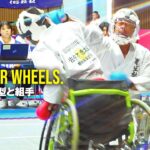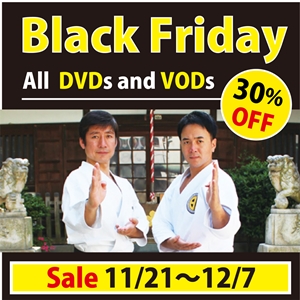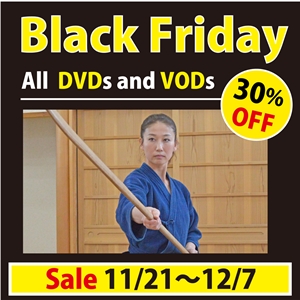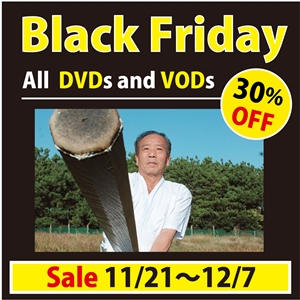46th Nihon Kobudo Taikai Here we go again: what a difference several years make
Text and photos by Grigoris Miliaresis
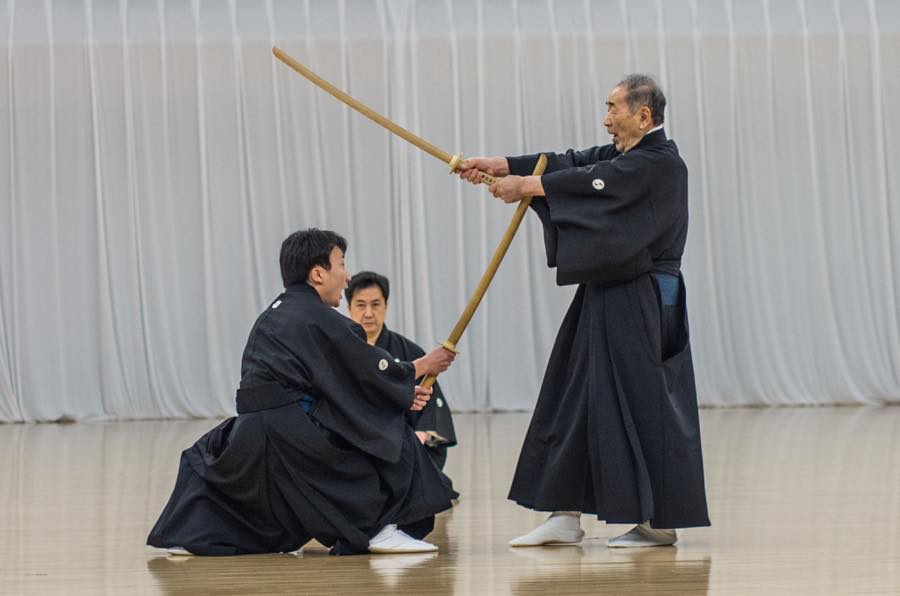
Bokuden-ryu Kenjutsu
We started talking about it with my “Hiden” colleagues after the event and even though the numbers added up, I couldn’t believe it: it has been nine years since the last time I watched the annual classical martial arts demonstration (aka Nihon Kobudo Enbu Taikai) at Tokyo’s Nippon Budokan, organized by the Nihon Kobudo Kyokai! My own article from that time was titled “Live at Budokan: The 37th Nihon Kobudo Taikai” and this one is the 46th so I should had noticed but I hadn’t. And the reason is because it didn’t feel that way. First of all, I have been to the Budokan many times since, including once to see Eric Clapton and therefore honor my personal history with the venue (for more, read the previous article!) and second of all, the world of koryu budo doesn’t change that much anyway.
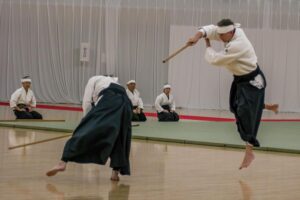
Yagyu Shingan-ryu Taijutsu
Those who follow my articles might find this last statement contradictory: ten years ago, my article about another demonstration, then at the Meiji Jingu, on Culture Day (“In the emperor’s garden: Meiji-Jingu Kobudo Taikai 2013), was a mini-essay on change and how it is an unavoidable and inseparable part of these schools’ evolution. And my article on the same event four years later (“Time”–Kobudo Enbu Taikai 2017 in the Meiji Jingu”) was in a way also about change since this is basically the way we perceive time. Still, if change is the one wheel of the koryu cart, the other is stability and as with all vehicles, if you don’t have both, you can’t go anywhere; both in the sense of making progress in your everyday practice and in the sense of transferring knowledge from one generation to the next.
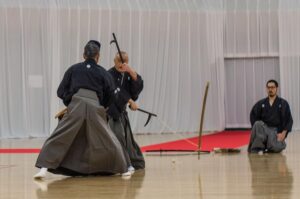
Nito Shinkage-ryu Kusarigama-jutsu
Any nine-year period would be big enough to justify changes but this particular one even more so: the Covid-19 pandemic that span over three of these years was as tough for the world of classical martial arts as it was for any other activity and perhaps even more so. Practice was either suspended or diminished and done under special measures and get-togethers including gradings, seminars or demonstrations stopped completely; for Japanese who are by nature and nurture sociable, this was a big hit and being back to the Budokan after three years was certainly a great relief. And that wasn’t just my idea: from discussions I heard from participants and even from the expression on their faces, it was obvious that they felt good getting back to something they knew.
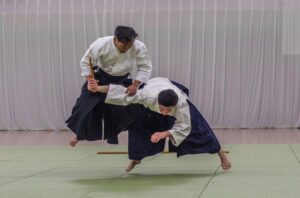
Shibukawa-ryu Jujutsu
And it wasn’t just the members of the schools that were participating: the audience too looked happy to be back to their seats in the Budokan. Covid-19 measures were still in place so everyone was wearing a mask and people had to sit on every other seat for social distancing –or at least they were supposed to since many didn’t!- but that didn’t seem to curb their enthusiasm. I tried to always keep an eye on the audience to see their reaction to what was going on and it was more than obvious that they were enjoying what they were seeing. For newcomers, it was exciting; for regulars, practitioners or just fans, it was reassuring.
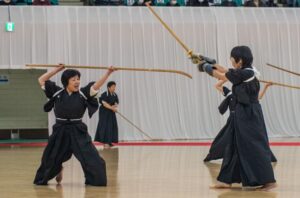
Tendo-ryu Naginata-jutsu

Shojitsu Kenrikata Ichi-ryu Kenjutsu
And the event delivered this stability that most of us needed, starting with the commendation ceremony for Tendo-ryu Naginatajutsu’s Kimura Yasuko sensei and Shojitsu Kenrikata Ichi-ryu Kenjutsu’s Uetsuki Motomu sensei, the 25th and 26th recipients for this award since it started in 2010; its first two recipients were Takenouchi-ryu’s 13th shodenke Takenouchi Toichiro and my first Ono-ha Itto-ryu teacher, Sasamori Takemi. And from there, moving on to Ogasawara-ryu and its majestic mix of martial arts and ceremony (occupying the whole floor of the Budokan) and up to Morishige-ryu and its powerful finale (ditto), passing through 33 martial traditions from all over Japan -from Aomori’s Toda-ryu and Bokuden-ryu to Okinawa’s Kingai-ryu- split in two groups, each starting with the schools or the awards’ recipients i.e. Tendo-ryu and Shojitsu Kenrikata Ichi-ryu.
Things went on as they were supposed to (again: stability) with minor surprises; perhaps the most out of the ordinary occurrence was Toda-ryu’s soke, Ryota Jin sensei losing his tsuba during his demonstration. Not that many members of the audience noticed it though: the flow of the techniques continued unimpeded and the set was completed without any problems –certainly a testament to his and his partner’s Saito Kouki sensei’s experience, skills and, no doubt abundant, hours of practice. And no, I will not comment on some of the practitioners being reminded the hard way how slippery tabi socks can be on a parqueted floor: it has happened to everyone at some point so it should also be added to the “regular” than the “irregular” column!
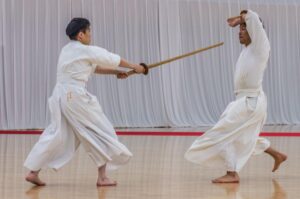
Toda-ryu Kenjutsu
Highlights? Depending on who you ask you will get different answers; personally, and having both a professional and personal interest in classical martial arts, I can always find exciting aspects in pretty much all weapons’ schools (not having practiced unarmed arts for years, I avoid saying anything about them). I obviously have a personal relationship with Ono-ha Itto-ryu since I practice it and with Hozoin-ryu because one of my Itto-ryu sempai Nishimoto Yoshihisa sensei, is the head of their Tokyo dojo so I enjoyed them in a special way but I certainly consider a highlight the decision of Jikishinkage-ryu to demonstrate with a real naginata and real sword: this is something you very rarely see (and the first time I saw Jikishinkage-ryu doing it) and it really gives the performance a very different air.

Ono-ha Itto-ryu Kenjutsu
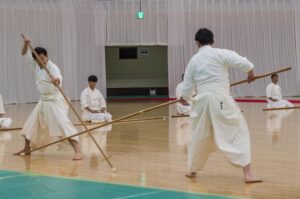
Hozoin-ryu Takada-ha Sojutsu
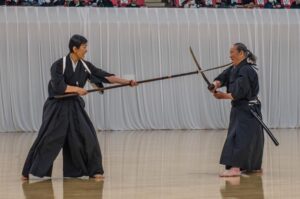
Jikishinkage-ryu Naginata-jutsu
I hope no one would really ask if it was worth it: demonstrations are part of the world of classical arts and have been for hundreds of years. Even demonstrations to the general population have been going on for over a century so our ancestors in the schools obviously believed there is some value in them, otherwise they wouldn’t had started doing them and they wouldn’t had kept doing them for all this time. They are a way to share what we do with the society in which we belong, make other members of it interested in them, celebrate their continuing existence and experience them as a whole instead of just focusing on the ones we practice or the ones we like. They are one of the institutions of this small corner of Japanese culture and institutions give us the stability we need to balance out the flow of time; as such they aren’t just worth it, they are invaluable.
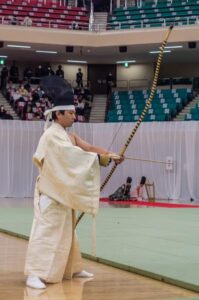
Ogasawara-ryu Kyuba-jutsu
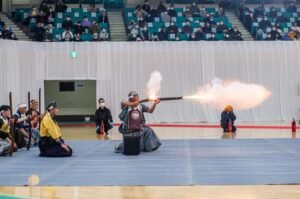
Morishige-ryu Hojutsu
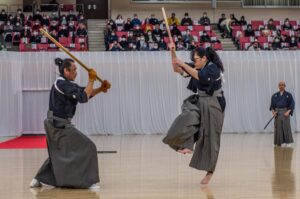
Hyoho Taisha-ryu

Tenjin Shinyo-ryu Jujutsu
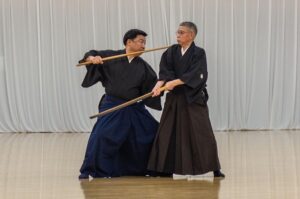
Unkou-ryu Kenjutsu
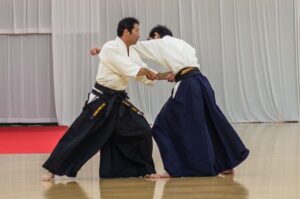
Takenouchi-ryu Jujutsu Hinoshita Torite Kaisan
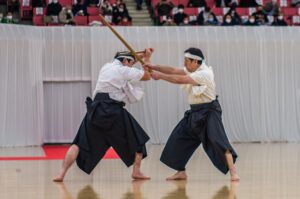
Kashima Shinto-ryu Kenjutsu
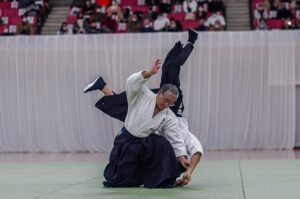
Hasegawa-ryu Yawara-jutsu

Grigoris Miliaresis
About the writer
Grigoris Miliaresis has been practicing Japanese martial arts since 1986. He has dan grades in judo, aikido and iaido and has translated in Greek over 30 martial arts’ books including Jigoro Kano’s “Kodokan Judo”, Yagyu Munenori’s “The Life-Giving Sword”, Miyamoto Musashi’s “Book of Five Rings”, Takuan Shoho’s “The Unfettered Mind” and Donn Draeger’s “Martial Arts and Ways of Japan” trilogy. Since 2007 his practice has been exclusively in classic schools: Tenshin Buko-ryu Heiho under Ellis Amdur in Greece and Kent Sorensen in Japan and, since 2016, Ono-ha Itto-ryu under 17th headmaster Sasamori Takemi and 18th headmaster Yabuki Yuji.







